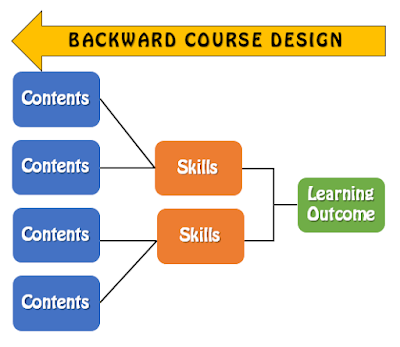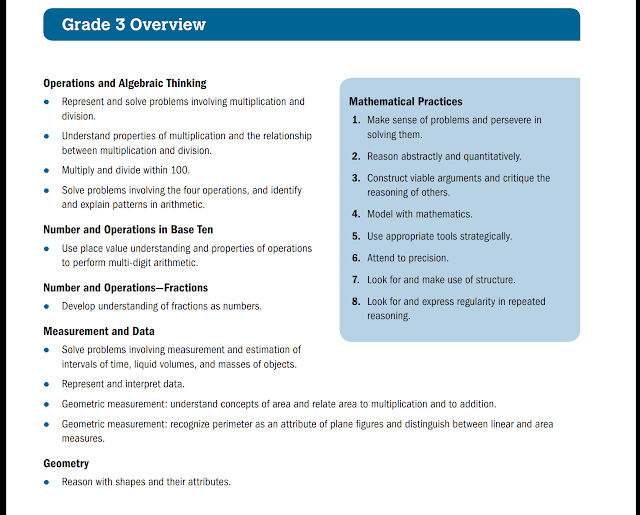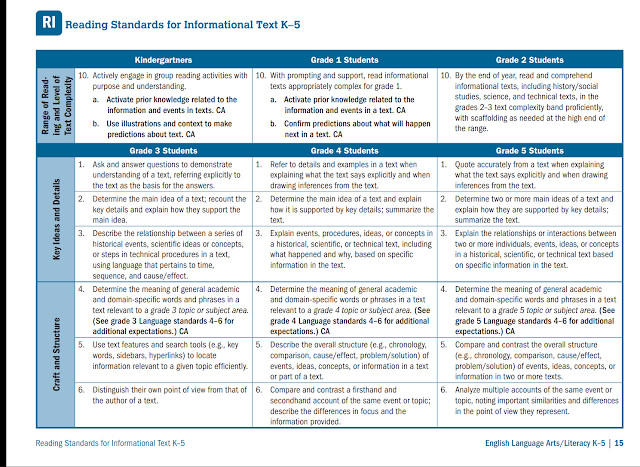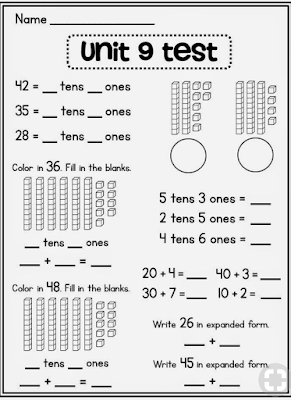Creating a Climate of Caring and Concern in the Classroom for Students from Diverse Racial and Ethnic Cultural Groups
Creating a Climate of Caring and Concern in the Classroom for Students from Diverse Racial, Ethnic, and Cultural Groups By: Janelle McGee When teachers can implement positive teacher-student relationships in the classroom, that in turn creates a positive climate in the classroom. When students are comfortable in their environment, they are motivated to learn. From greeting students at the door before they come into class, to making eye contact, smiling, and engaging in appropriate playful behavoirs students benefit from personal engagements with the teacher. Student's come from many diverse, racial, and ethnic cultural groups. Coming from a different country myself, Trinidad and Tobago, my skin is dark and I am from a different cultural and racial background than my students. It is very important to create a climate of caring and concern. Creating this type of environment decreases bullying and increases academic achievement and psychological well-being all while mitigating t





